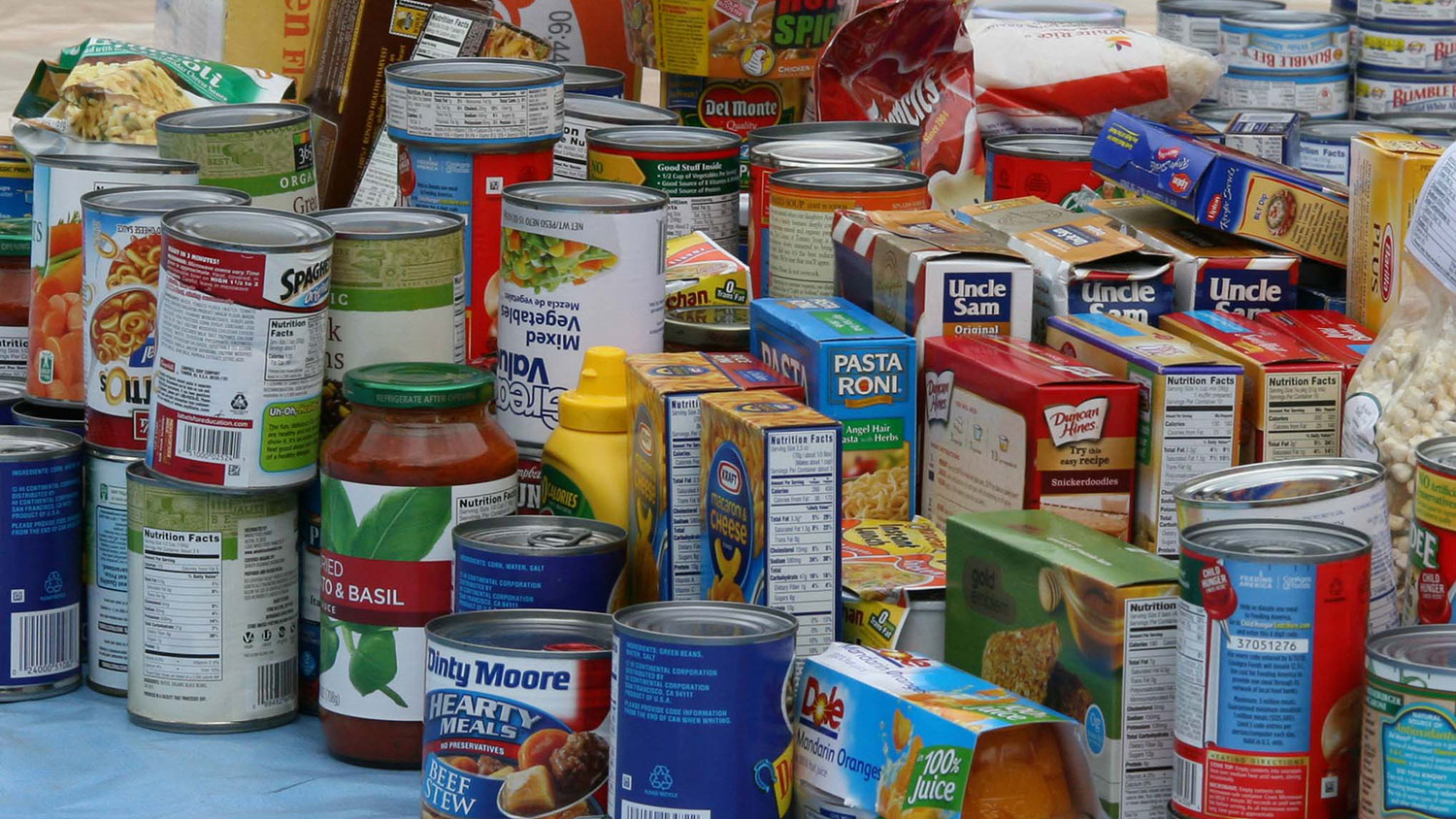Food Insecurity Goes Deeper than Many Realize

It’s no secret that food insecurity is prevalent on college campuses. According to a 2017 report from NC State professor Mary Haskett, about 14% of students reported experiencing food insecurity. Food insecurity disproportionately affects students of color: 47% of Black students and 42% of Latinx students, compared to only 30% of white students. At two-year colleges, these rates are even higher. Since the beginning of the pandemic, the problem has gotten worse; according to a recent Forbes article, approximately one-third of college students are experiencing food insecurity.
Systemic racism and oppression can increase the impacts of food insecurity; generational trauma and stress can create risk pathways that can negatively impact the health of individuals, as well as augment the physical and psychological effects of food insecurity. Also, those who experience food insecurity are likely to face barriers in accessing affordable childcare, housing and healthcare, and when these basic needs are not being met, it becomes even more difficult to rectify the impacts of not getting enough to eat. Thus, systemic issues perpetuate the cycle of food insecurity, and without addressing these issues, we are only treating the symptoms and not the problem itself.
Thankfully, most universities are making more of an effort to address food insecurity. Most college campuses, including NC State, have food pantries that provide grocery items to supplement a student’s diet. Cameron Morris, public relations coordinator for Feed the Pack, NC State’s on-campus food pantry, explained that the pantry is working hard to fill the gap in food and other resources for struggling students.
“At Feed the Pack, we are trying hard to support our whole Pack and all the different variations of food insecurity on campus. So whether you don’t know where your next meal will be, or your meal plan can’t cover all your needs, or even if you’re just tight with money, we are here for you.” Morris said.
Very recently, the City of Raleigh announced that it will pair up with NC State, Shaw and Wake Tech to join a Community of Practice with other city-university pairs to address basic needs insecurity among college students in Raleigh.
Another option is the Supplemental Nutrition Assistance Program (SNAP), also known as food stamps, which provides supplemental grocery money for low-income individuals and families. One of the many misconceptions about SNAP is that anyone who wants to get it, can. However, SNAP was designed to exclude those who are attending school full time, with the assumption that if you can afford to go to college, you can afford to buy food. This makes sense when considering the “traditional” college student — someone who goes to school full time, has no dependents and receives financial support from their parents. However, the vast majority of college students don’t fit that profile. For students who work full time, who have children or who are attending on scholarships or grants, this creates an extremely difficult situation.
While there are exceptions that allow college students to apply for and receive SNAP benefits, which include but are not limited to: having dependents, working at least 20 hours a week, or having a physical or mental disability, the application rate for eligible students is only about 43%, perhaps because students are not aware that they are eligible for benefits, or the process is too time-consuming. Either way, it is imperative that we educate students about the availability of SNAP benefits, as the consequences of food insecurity are too great.
According to Morris, it is critical to invest time and effort into learning about food insecurity before we can take steps to solve it. “As important as it is to donate food and give time to volunteer, taking time to learn about food insecurity is also important,” Morris said. “By giving more time and energy to being inclusive and building partnerships and relationships with others and all kinds of other aspects of addressing food insecurity, we can begin to fight food insecurity in an equitable way.”
Resources
Linked below are some resources for students experiencing food insecurity as well as for those who want to learn more and/or help others.
- Feed the Pack Food Pantry is available to all students, faculty and staff. It is located on 2221 Dunn Avenue, in the Honors and Scholars Commons, and is open Tuesdays and Wednesdays from 12-6 p.m. and Fridays from 12-4 p.m.
- How To Apply For Food Stamps provides general information about applying for food stamps.
- SNAP (Food Stamps) for College Students | Getting SNAP provides resources and information for students who are interested in applying for SNAP benefits.
- The STEPS Guide to Food Security: Awareness, Resources, Support provides information on what food insecurity is, what it isn’t and how to help those who are struggling.
References
- Billings, K. C., Fountain, J. H., Aussenberg, R. A., & Collins, B. (2021, June). Food Insecurity Among College Students: Background and Policy Options. Congressional Report.
- Haskett, M. E., Majumder, S., Wright, S., & Kotter-Gruhn, D. (2018). Food and Housing Security Among NC State Students. 1–25.
- Rowan, L. (2021, August). How Hunger Impacts College Students- and What’s Being Done to Alleviate It. Forbes.
- USDA Food and Nutrition Services. (2021, March 25). Students. Supplemental Nutrition Assistance Program (SNAP).
Skye Sarac is an undergraduate intern in the Women’s Center.
- Categories:


